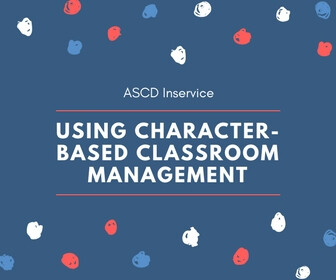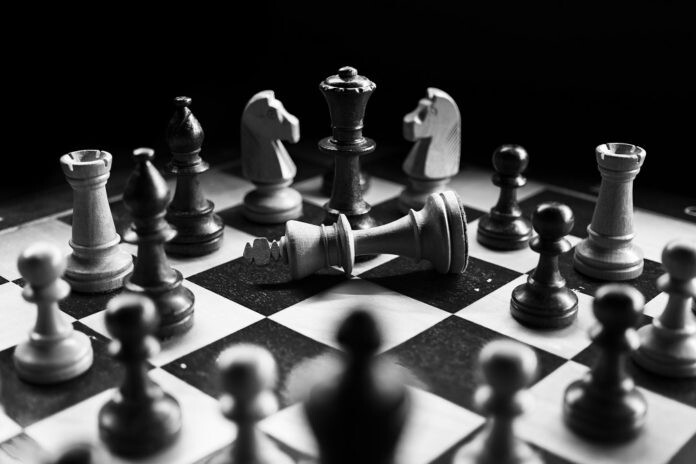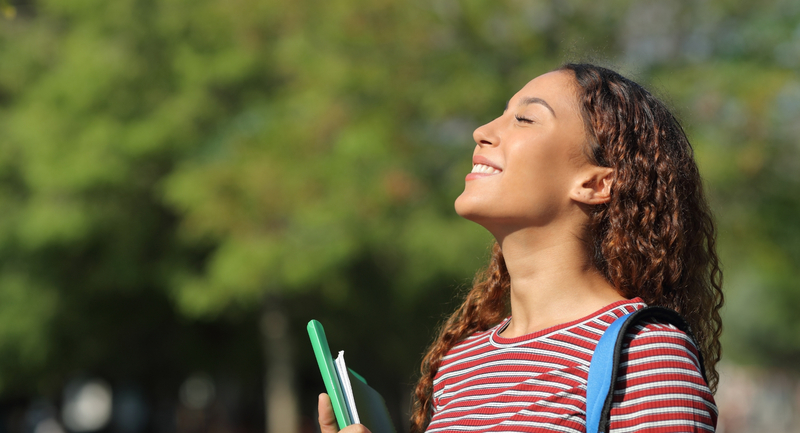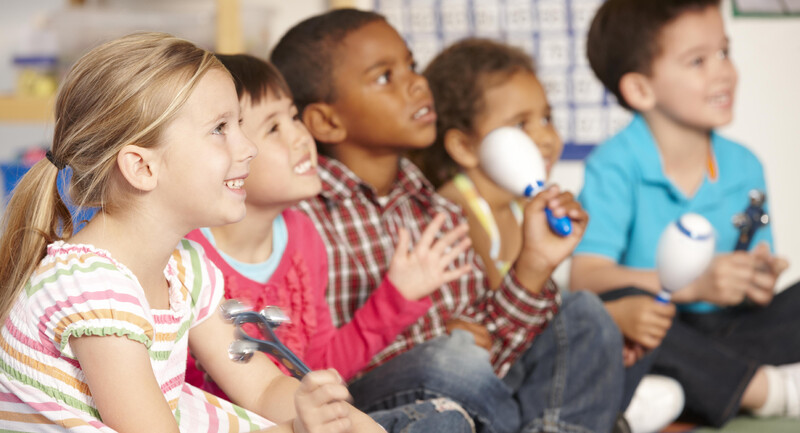This summer, TV screens and social media feeds have broadcast some familiar scenes: parading flags, gravity-defying flips and spins (including an infamous case of the “twisties”), and of course, gold medals galore. The Olympics, delayed a year due to the pandemic, finally came back.
And for kids, the Games’ arrival couldn’t have happened at a more opportune moment. Many K-12 students haven’t had a consistent outlet for organized sports in more than a year. Missing out on the chance to play in a school soccer league, or even just to shoot hoops with friends after class, has had a big impact. Research from last fall suggested that COVID-19's effect on kids’ opportunities to be active could cause risks to their physical and mental health. And a Washington Post poll this spring found that 6 in 10 parents said the loss of sports affected their children’s emotional well-being.
As a return to in-person schooling approaches, the potential for organized athletics to bring students together is on many educators’ minds. Daniel Gould, director of the Institute for the Study of Youth Sports at Michigan State University, says sports do a lot to build community—especially after months of separation.
“Sport has such potential to help kids develop psychosocial skills and life skills because it means something in the community,” Gould says.
With that said, athletic success and social-emotional development don’t necessarily go hand-in-hand. Gould notes that the “sports evangelist myth” argues that just getting kids to participate guarantees they’ll develop strong teamwork skills. But in reality, the benefits that come from youth sports require strong leadership from coaches and athletic directors.
“The better coaches are at building relationships with kids, the more likely kids get an effect from the programming,” he says. “There's some research on what they call ‘caring climate.’ A coach [should] take the time to naturally welcome each kid to every practice, regardless of their playing status, and use their names.”
Gould recalls one wrestling coach he spoke with who regularly asked his athletes to talk as a team about times in their lives when they were happiest and moments when they struggled. It was a way for students to feel heard, but also a way for peers to bond and come together as partners.
Rebooting Sports
Of course, a return to what school athletics looked like before the pandemic isn’t likely anytime soon. Gould thinks that reality is raising a critical question for many coaches and physical educators across the country: How can we reboot sports and what should that look like? One important component this school year might be a focus on accessibility. Earlier in the pandemic, some schools invested in virtual physical education. Others expanded intramural sports, giving more students a chance to participate without requiring the same level of time or family support as traditional competitive leagues.
Accessibility also came to the fore this spring, as a national debate erupted over the right of transgender students to play school sports. Organizations and individuals, from the National Education Association to U.S. Secretary of Education Miguel Cardona, have spoken out against state legislation banning transgender children from joining school teams.
“To be clear: This is not because there was some huge epidemic of transgender female athletes pushing cisgender female athletes out of sports—that’s not a problem," Rebecca Yates, a civil rights law fellow for NEA, said in an article from the organization this summer. "This law creates a problem and it's done to keep this controversy in front of everyone.”
And ultimately, the benefits of organized athletics are strongest when kids learn to work with peers who are different from them, says Gould.
“Why is sport in school? It's in the school to augment the curriculum and provide kids opportunity to learn things... they may not be able to learn in an English class, about teamwork, about working with kids with different backgrounds,” he says. Rebooting sports may require examining which students have access to them in the first place.
A Mix of Inspiration and Caution
As for the Olympics, Gould thinks the Games could be an important motivator to keep kids active, especially now. He has consulted for U.S. Olympic committees in the past and knows how powerful the image of talented young people competing on a world stage can be. In some communities, the Olympics do seem to be getting more kids interested in sports.
On the other hand, the high-stakes nature of the event can lead to harm. In The Atlantic, writer Emma Green reflected on how complicated it can be to watch gymnastics after ongoing news of systemic abuse in the sport:
Children around the country have spent the past week watching American gymnasts perform dazzling feats at the Tokyo Olympics. They also watched Simone Biles step back from the team finals and all-around competition, citing concerns about her ability to participate safely. What those kids are watching is a sport, and a culture, going through a reckoning over what it takes to achieve athletic greatness, and who is considered disposable along the way.
That fact underscores the role educators play in helping students engage with athletics while maintaining a culture that is safe and accessible. The pandemic has cracked open a world of possibility for the future of school sports. What comes next is still unclear, but some things likely won’t ever change. As Gould says, the vast majority of kids are never going to make it to the Olympics. With the right guidance from physical educators and coaches, and equal access for all players, however, they can still achieve success worth cheering for.








